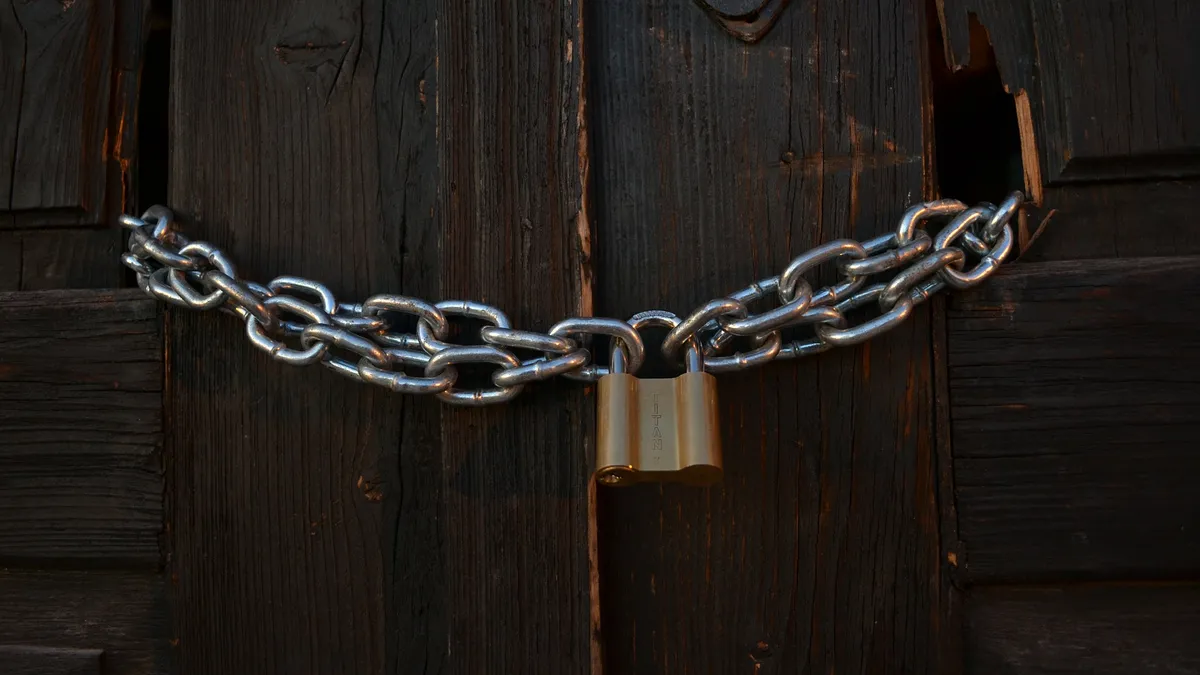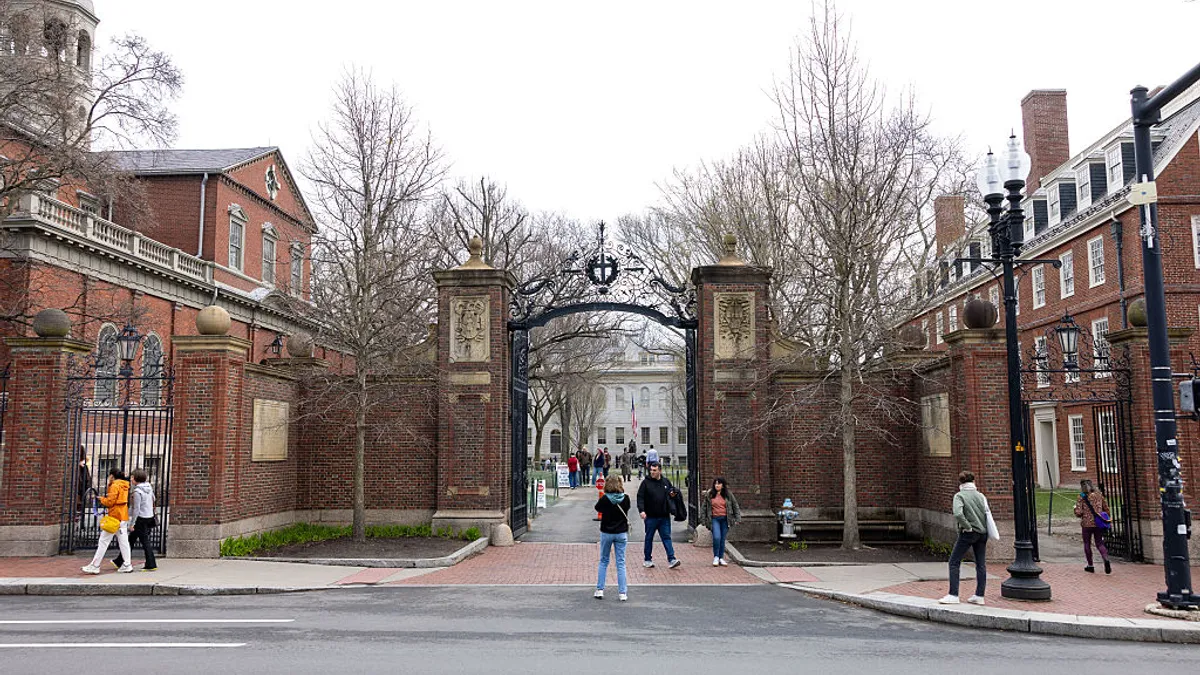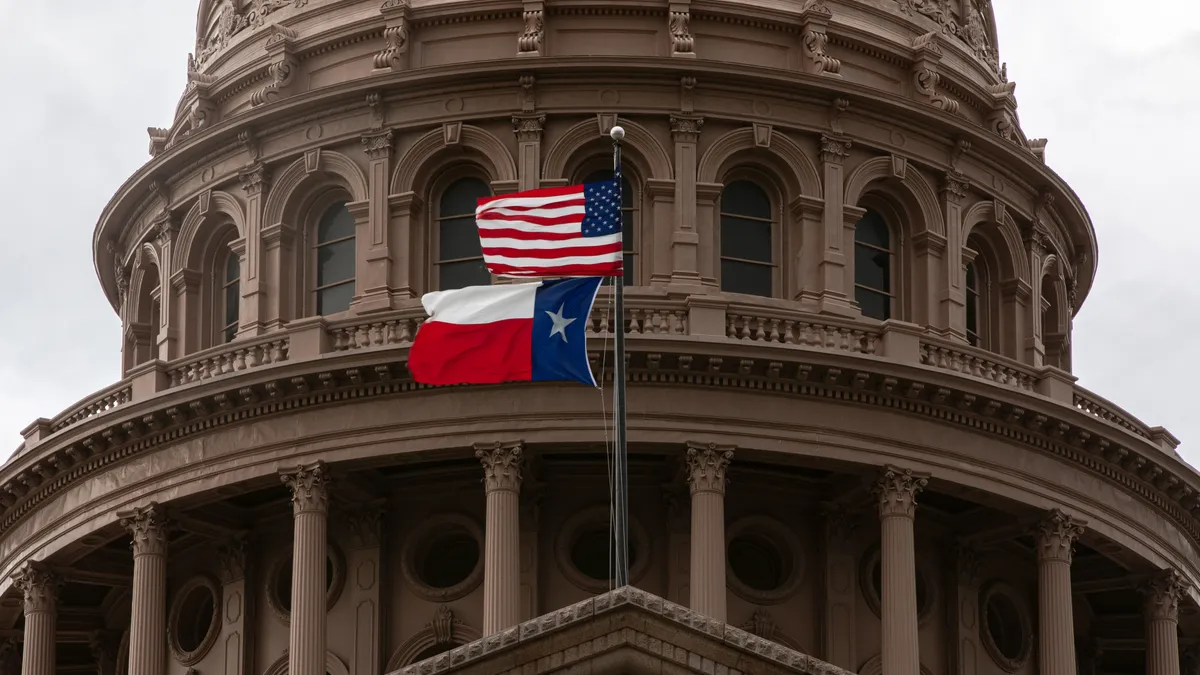Dream Center Education Holdings (DCEH) started the year with a possible buyer for its Argosy University and hopes of offloading its remaining Art Institute campuses as well. The organization was facing insolvency, seeking protection from creditors after having sold most of its remaining healthy colleges.
Yet within two months, the DCEH enterprise — created to acquire the college assets of for-profit Education Management Corp. — would be in ruins. With a few exceptions, prospective buyers for its campuses would evaporate. The U.S. Department of Education dealt DCEH's death blow, blocking Argosy's access to federal student aid. In the span of a few days, nearly all of the organization's colleges closed.
It was the third major for-profit college system to close since December, coming on the heels of Education Corporation of America (ECA) and Vatterott Educational Centers. Taken together, the shutdowns signal that the for-profit sector's reputational and financial troubles aren't over, even after a period of consolidation and relative quiet following the collapses of ITT Technical Institute and Corinthian Colleges during the Obama administration.
The recent spate of abrupt closures presents an alarming trend in for-profit higher ed's consolidation.
"Instead of teaching out a school responsibly, instead of giving students a heads up that next quarter (they're) going to have to think about transferring, or the quarter after next — they (students) just show up, and there's a sign on the school saying 'We're done,'" said Trace Urdan, managing director at education-focused investment bank and consulting firm Tyton Partners. "That is something you’re seeing more and more."
The closures have been numerous. Nearly 1,100 for-profit college campuses closed between 2014 and 2018, according to data compiled by The Chronicle of Higher Education. At the 100 largest campuses alone, more than 177,000 students were affected. The most disastrous year for the sector was 2016, when ITT failed and nearly 450 for-profits closed. By comparison, 2018 — when ECA and Vatterott shuttered their campuses — saw 185 campus closures. That's more than any other year reviewed by The Chronicle except 2016.
Approaches to reversing the trend of abrupt closures vary, and observers say the current warning system contributes to the problem by not accurately predicting whether a college will fail. The economics of the closures are no easier to solve, as colleges struggle to balance declining enrollment and heavy cost structures built out at a time when student populations swelled.
'Too many schools'
When the job market crashed in 2008, workers returned to school to pick up new skills or change careers. For-profits expanded, in some cases feverishly, to meet that demand. As the market recovered, however, new employment opportunities drew students into the workforce. That left for-profits with footprints far too big for their receding enrollments.
Those declines also dragged down revenues, and for-profits struggled to bring costs in line with expenses and to raise liquidity from investors and lenders. Steven Agran, a managing director with restructuring and investment firm Carl Marks Advisors and who has worked with distressed colleges, compares the sector to retail, which has seen record levels of bankruptcies in a market that has an overabundance of physical storefronts.
"I don't think you can underestimate the fact that we have too many schools in the market," Agran said. "There's a heavy amount of fixed costs in the education sector," he said, adding that those costs are papered over in times of expanding enrollment but are more apparent during contractions. They are also difficult to scale back.
In his view, steeling colleges against sudden failure means taking as many costs out of the system as possible and transitioning to a variable cost structure. Yet often these steps are taken too late, Agran said.
Deciding when to lock the doors
While some closures are orderly and spare students from the worst outcomes, others are sudden and disastrous, leaving students with unfinished degrees and tough choices about what to do next.
Institutional owners and the board tend to make the final decision on closing, Agran said.
Owners often include private equity firms, which made a rash of investments during the recession era. These investors — which buy stakes in public and private companies with the intent to sell them several years later at a profit — can be "hard-nosed" and have a "mercenary attitude" about closing schools in order to protect what may be left of their investment, Urdan said. (ECA and Vatterott were private-equity backed when they closed.)
Ben Miller, vice president for postsecondary education at the Center for American Progress (CAP), has argued that for-profit college executives should be held financially liable for closures. As he sees it, misbehavior tracks ahead of financial straits. Writing for CAP as DCEH unraveled, Miller explained that the closures "often come after institutions, and the people that own and run them, have profited from millions of dollars — in some cases, billions of dollars — in federal financial aid."
A late warning system
To spot a college's pending collapse, regulators need a window into their finances. But one of the primary metrics used to assess the state of colleges and universities — the financial responsibility composite score — is deeply deficient as an alert to the possibility of a sudden closure, according to several observers that spoke to Education Dive.
The composite score draws from three measures of financial health pulled from colleges' audited annual financial statements: the primary reserve ratio, the equity ratio and the net income ratio. The composite tracks along a scale from -1 to 3, with 1.5 as the threshold for financial responsibility. To keep their Title IV eligibility, schools that fall below a 1.5 may be subject to more oversight, heightened cash monitoring or requirements to post letters of credit with the Ed Department as collateral.
Yet the score is not taken in real-time, or anything close to it, observers say. Based on audited financial numbers, it can lag by six months or more. "Timely events are not run through the composite score," said Clare McCann, deputy director for federal higher education policy at New America, a nonpartisan think tank. As a result, the figure doesn't always represent an institution's immediate financial situation.
Urdan adds that the composites are "gameable" by colleges. (The U.S. Securities and Exchange Commission recently settled with former Corinthian Colleges executives on charges related to the manipulation of Corinthian's composite score by borrowing money ahead of year-end financials and paying it back immediately after the reporting period.)
"In light of what we've seen from recent closures and the abruptness with which they happened, the system for monitoring the financial viability of those schools isn't working as it needs to," said Daniel Zibel, vice president and chief counsel at the National Student Legal Defense Network, who previously worked as an attorney at the Ed Department. Zibel said an alternative system has yet to be developed.
McCann — who previously worked in the Ed Department as a senior policy adviser while the agency was rewriting borrower defense regulations during the Obama administration — said the idea of a financial "stress test" was baked into the rules but the department has not developed it. That's due in part to the technical challenge of developing such a test and the related requirement for more regulations. She and her colleagues hoped the research community would build out a model, but that has not yet happened.
More importantly, the composite was never designed to test risk for large, fast-growing systems. "Existing financial responsibility measures were designed for ... a relatively stable, traditional school, where an annual balance sheet snapshot is a sufficient pace to gauge the financial health of the school," Urdan said. "[T]hose measures never contemplated the rapid growth and decline that exists around the adult student population."
"In light of what we've seen from recent closures and the abruptness with which they happened, the system for monitoring the financial viability of those schools isn't working as it needs to."

Daniel Zibel
Vice president and chief counsel, National Student Legal Defense Network
Alternatively, new student enrollment, which investors have long used to gauge colleges' business, can be a relatively simple indicator of an institution's future financial health and stability, Urdan said.
"When you're growing, you're getting ever-increasing pools of cash coming in from financial aid advances," he said. "When your new student starts are declining, regularly, precipitously, you're getting less and less and less cash from the federal government every month."
To Urdan, some in policy circles tie the metric to a "negative trope" that sees the short-termism of publicly traded for-profits as the "kiss of death" for those systems. He doesn't see it that way, however. "Public market investors ... know the entire health of this business is built around the new student starts," he said. "When you see the new student starts, you know what the financials are going to be for the next X years, depending on what kind of school it is."
Enrollment drop-offs are a strong indicator of an institution's financial trajectory, given the large fixed-cost structures of most systems, Carl Marks' Agran said. They can even accelerate a tailspin by increasing marketing needs at a time when schools may be cutting back on advertising to offset falling revenue.
"The best way to increase enrollment or keep it going is word of mouth," he said. "When you have enrollment starts dwindling off, there's not anyone telling the next generation (about the college). You have to work twice as hard to tell additional people."
No 'culture of planning'
The point of a warning system is to head off the abrupt closures that can upend students' lives, not to mention the sector's reputation.
In many cases, this would mean conducting more orderly closures of campuses that have outlived student demand. For-profit systems do that regularly in an era of consolidation and enrollment declines.
But with the recent mass closures — ECA, Vatterott and DCEH — the operators kept many locations open even as their financial situations soured. That timing is a reminder operators aren't necessarily motivated, incentivized or able to conduct teach-outs or forge agreements with other colleges to do teach-outs, at least not at rates that align with their financial risk.
"There just isn't a culture of planning for these things," New America's McCann said. "Accreditors require 'plans' (for schools in distress), but you only have to list schools that might take students. With Dream Center and ECA, you … knew they were going to close. They should have been planning for that."
Antoinette Flores, associate director of postsecondary education policy at CAP, said the same of ITT's 2016 closure. "At no point were they trying to figure out how to wind this thing down." It's accreditors' job to ensure schools have a teach-out plan, she said, adding that they are "doing the bare minimum of what's required" under current regulations.
Steve Gunderson, CEO of Career Education Colleges and Universities (CECU), a trade group for the for-profit sector, said teach-out plans lack formal agreements with partner institutions. When a college fails, there's no guarantee students can finish their programs elsewhere.
There are other challenges. McCann noted teach-outs require finding schools with similar programs and capacity, which can be difficult. Accreditors' policies can also pose obstacles for a college to accept transfer students from a closing institution under a different accreditor, she added.
Geography can be a problem, too. "Most of these students don't have the opportunity or choice to get in a car and drive 45 minutes (to) another school," Gunderson said. And operators teaching out their own campuses can have difficulty getting concessions from landlords, for example to cut rent or break a lease, Agran said.
Can failing schools be saved?
The Ed Department has broad powers to intervene, both by writing regulations for schools and accreditors as well as by taking direct action on distressed colleges. In the latter case, that can include requiring letters of credit, heightened cash monitoring, advanced financial reporting and other behaviors they could tie to Title IV eligibility.
The Obama administration's borrower defense rules added more ways for the department to address schools with recurring problematic behavior, though critics of the current administration say the department is not using those tools or previously existing measures.
In some cases those actions can exacerbate financial woes. As Agran notes, the imperative to secure a letter of credit from a bank in order to keep Title IV access can force colleges to put up money or assets, tightening their already-crimped liquidity.
"By the time the government starts to impose sanctions and restrictions, it's too late," Urdan said. "[A]ll it does is push those schools off the cliff. It's not to say the government isn't right to do it. It's just coming too late to effect any kind of remedial help, to curb any bad behavior, and it's certainly too late to protect taxpayer dollars."
Tracking declines in new student enrollment could also trigger sanctions and regulatory intervention much earlier, he suggested. "[I]f the schools know (regulatory intervention) is coming … it's going to engender more conservative behavior all the way down the line," he said.
Another approach, which McCann suggested, requires colleges to post letters of credit — and larger ones, which could fund teach-outs — or go on heightened cash management status earlier, before they face deep distress and liquidity issues.
"Let's be honest, the system is not set up to protect students during these transitions," Gunderson said. His organization has proposed changes to the law and regulations that would allow colleges to continue receiving Title IV funds in bankruptcy or to teach out students in closure scenarios, and to make it easier for other operators to take over colleges and systems facing insolvency.
"By the time the government starts to impose sanctions and restrictions, it's too late ... to effect any kind of remedial help, to curb any bad behavior, and it's certainly too late to protect taxpayer dollars."

Trace Urdan
Managing director, Tyton Partners
Currently, colleges lose access to federal student aid if they enter Chapter 11 bankruptcy protection. Several for-profits — including ECA, Vatterott and Dream Center — instead have used the receivership process in reorganization attempts, all of which failed. In the case of Dream Center, several creditors tried to halt the receivership, arguing it was orchestrated by DCEH and not legally valid in that instance.
CECU has pushed for what Gunderson calls the "FDIC model," referring to how the federal banking regulator responds to a troubled bank. "They come in quietly, and they do an assessment, and they then meet with leadership," he said. From there, regulators could require changes or force a sale that would be seamless for students.
Some contend efforts to preserve failing schools miss the point. "Why should the taxpayers pay for your restructuring?" CAP's Miller said. "They are a private business. They tried. It didn't work."
"All of these policies are there for a reason," McCann said, referring to federal law and regulations keeping insolvent schools from accessing student aid dollars, which she suggests could be updated to include those in receivership. "It is a privilege and not a right to participate in Title IV," she added. "Sometimes what's best for students is not to keep a school open."






















